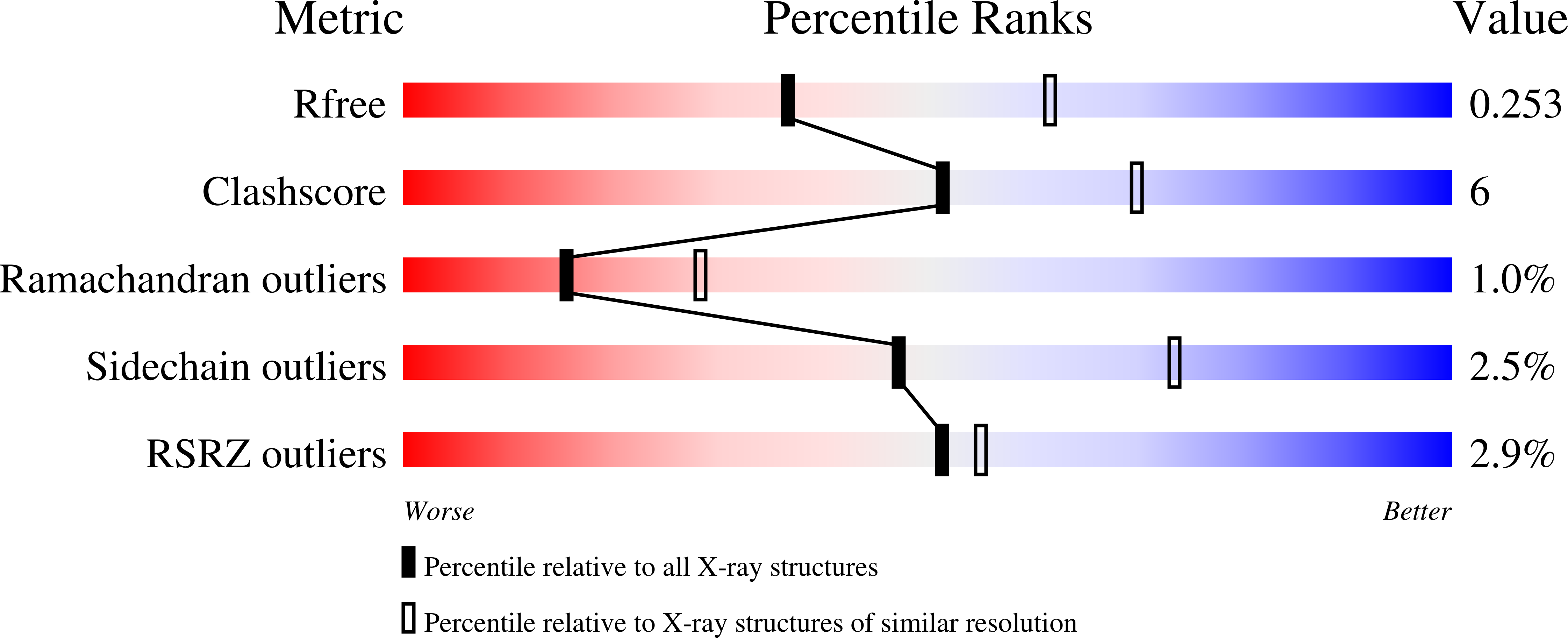
Deposition Date
2021-06-10
Release Date
2022-06-22
Last Version Date
2024-03-27
Method Details:
Experimental Method:
Resolution:
2.49 Å
R-Value Free:
0.25
R-Value Work:
0.17
R-Value Observed:
0.17
Space Group:
P 1 21 1


